Through wood and dale the sacred river ran,
Then reach’d the caverns measureless to man,
And sank in tumult to a lifeless ocean”.
Samuel Taylor Coleridge
The “secret river” has long been an obsession of dabblers, perhaps since the times when we lived in caves, and our ancestors listened to the murmer of distant torrents tumbling through unseen chambers below. Of course there must be underground confluences everywhere we walk, but in London, the ever-layered city, these hidden places can be accessed.
Numerous ‘lost’ rivers flow beneath the city’s streets, the most famous of which is The Fleet. Less well known is The Tyburn, which runs under a large part of the more valuable bits of the West End (including, sewer dwelling terrorists please note, Buckingham Palace) before trickling out into the Thames at Pimlico.
The course does not fully discharge here. The water pools and creeps beneath the city. Culverts carry the main flow eastwards under the embankment all the way to Barking Creek, along the elaborate subterranean arteries of Bazalgette, surely one of London’s noblest achitects.
En route, the river’s gurgle can be heard. On Tachbrook street in Pimlico, the sound of the river is clearly audible, rising up through the blank eyed manhole covers, allowing you to hear what the poet Glyn Maxwell called ‘the city-licking sound of water moving slowly through the Thames like years in thought.’And in one special place, the mysterious brook is claimed to resurface and be visible – in the basement of Grey’s Antiques in Mayfair.
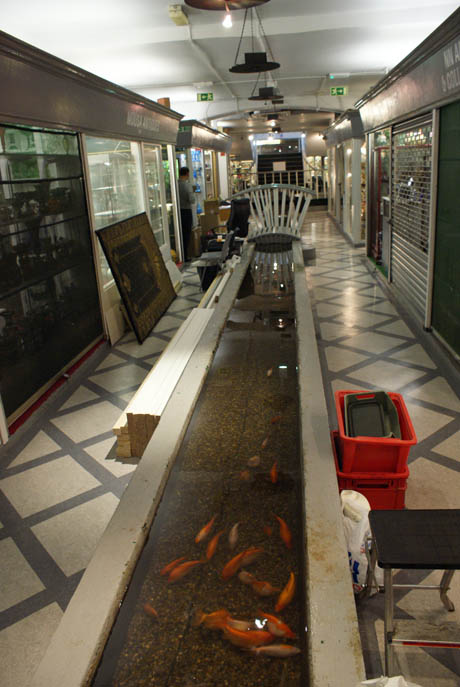
This is such a lovely prospect and a fine sight that one wishes it to be true. Unfortunately, when you consider that the entire underground course is no longer really a river at all, but one of London’s most noisome sewers (Officially The King’s Scholars’ Pond Sewer), the provenance of the crystal clear waters babbling through the antique shop begins to look a little muddied.
Run by a property developer with tiresomely predictable faux-eccentricity, the society claims a royal charter of 959, has a Latin motto, traditions, and even a Nicholas Soames. So far, so forgettable. But their secretary, James Bowdidge, has managed to come up with a plan that, whilst whimsical and unrealistic, is also rather intriguing. Bowdidge suggests that we lay waste to great swathes of the most valuable parts of London, demolishing the buildings standing above the river’s old course, and opening the poisoned Tyburn up to the air.
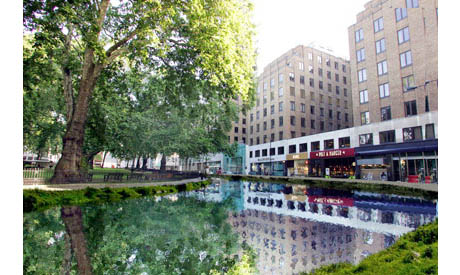 Berkeley Square, as reimagined by Bowdidge
Berkeley Square, as reimagined by Bowdidge
Who would miss the great grey lumps of Mayfair, when we could be reconnecting the inland with the sea, irrigating the concrete deserts and opening up the scleroid arteries of the great river, letting light and air and crisp clear water run freely through the streets?
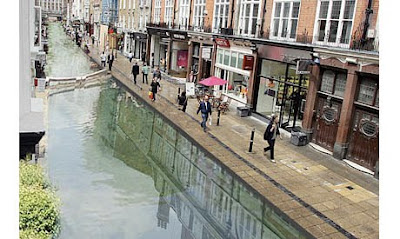 South Molton Street, by Bowdidge. Abandoned shopping trolleys and bags full of drowned puppies not pictured.
South Molton Street, by Bowdidge. Abandoned shopping trolleys and bags full of drowned puppies not pictured.

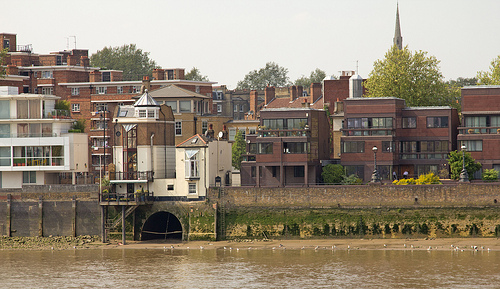
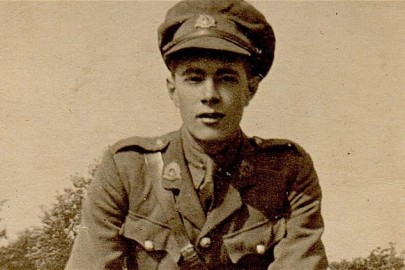

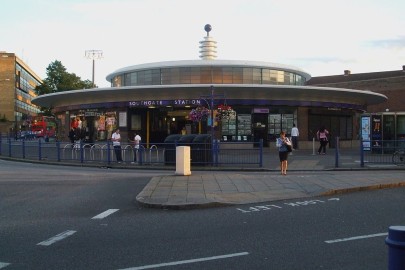







Fantastic piece, Worm. I read about Mr Bowdidge whenever this first came up and thought ‘in your dreams’, but at the same time, in mine too. The idea of water flowing down uber-chi-chi S. Molton Street and wherever else has to be alluring. And there are so many other waterways that could be similarly reinvigorated: the Walbrook (bye-bye chunks of the City), the Neckinger (a southern tributary of the Thames), the Westbourne (which still flows through a pipe visible at Sloane Square tube) … All these and more in Nicholas Barton’s Lost Rivers of London. But then I’m sure you know that.
I feel feeble – I bought all my food in Tachbrook Street for three years and never heard the river once. Too busy yacking to John, the excellent fishmonger, (Thursday to Saturday only – highly recommend him) and scowling at the surly fruit and veg people (good stuff but utterly charmless men), I suppose.
Like Jonathon’s post on Alsatia an absorbing read worm. The doings of earlier generations entwining with ours. Subterranean stuff always interesting,ever since Orson Wells Third Man.
The exotically named Bazalgette, sprouting the finest set of whiskers in the history of face decoration, the wonder is he found time to draw buildings, maintenance of the mutton chops must have been time consuming.
Thinks… would it be possible to send that Time Time crew down.
And weld the doors shut.
It would be great TV to watch a future Time Team dig up the skeletons of the current Time Team. Perhaps before declaring the bones to belong some sort of tribe of enfeebled genetic abhorations.
Worm, have you come across U.A.Fanthorpe’s poem about the lost rivers of London, ‘Rising Damp’? For epigraph, she takes a sentence from a paper given to the Auctioneers’ Institute in 1907: “A river can sometimes be diverted but is a very hard thing to lose altogether.”
Rising Damp
At our feet they lie low,
The little fervent underground
Rivers of London
Effra, Graveney, Flacon, Quaggy,
Wandle, Walbrook, Tyburn, Fleet
Whose names are disfigured,
Frayed, effaced.
There are the Magogs that chewed the clay
To the basin that London nestles in.
These are the currents that chiselled the city,
That washed the clothes and turned the mills,
Where children drank and salmon swam
And wells were holy.
They have gone under.
Boxed, like the magician’s assistant.
Buried alive in earth.
Forgotten, like the dead.
They return spectrally after heavy rain,
Confounding suburban gardens. They inflitrate
Chronic bronchitis statistics. A silken
Slur haunts dwellings by shrouded
Watercourses, and is taken
For the footing of the dead.
Being of our world, they will return
(Westbourne, caged at Sloane Square,
Will jack from his box),
Will deluge cellars, detonate manholes,
Plant effluent on our faces,
Sink the city.
Effra, Graveney, Falcon, Quaggy,
Wandle, Walbrook, Tyburn, Fleet
It is the other rivers that lie
Lower, that touch us only in dreams
That never surface. We feel their tug
As a dowser’s rod bends to the surface below
Phlegethon, Acheron, Lethe, Styx.
many thanks for sharing Jonathan, what a fantastic poem and how apposite, especially in regards to Coleridges poem that I quoted at the top; there’s definately something atavistic in our subconcious curiosity about ‘the other rivers that lie Lower, that touch us only in dreams That never surface’